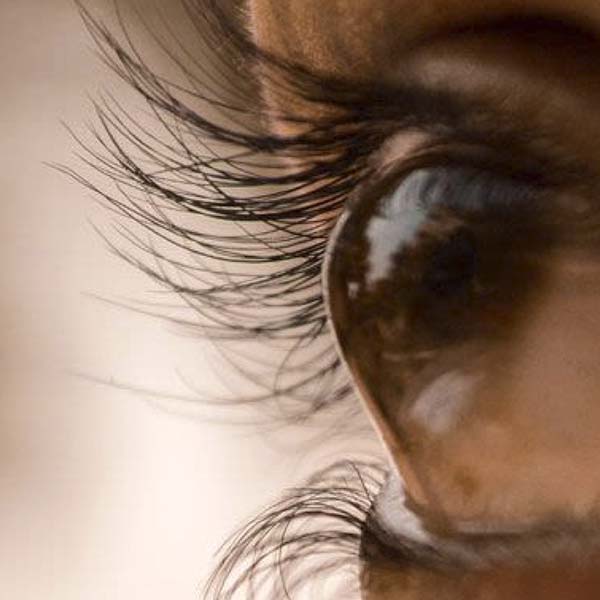In the week of World Keratoconus Day celebrated next Friday (10) to raise awareness about the risks of the disease and how to avoid transplantation, data from the Brazilian Transplant System (SBT) that have just been released draw attention to the 26.5 thousand registered on the cornea transplant list, almost double the 13,600 in 2020. The good news according to ophthalmologist Leôncio Queiroz Neto, president of the Penido Burnier Institute, is that there is a way to reduce this list. This is because, he explains, the biggest cause of transplant This is keratoconus, a multifactorial disease that thins and causes the cornea to take on the shape of a cone. The specialist states that the cause of keratoconus is not well understood. It may be related to heredity. increased pollution, exposure to chemicals, systemic, respiratory or ocular allergies, habit of scratching or rubbing the eyes, poor cleaning of contact lenses, autoimmune or metabolic diseases. The specialist’s preventive recommendations are:
Regular consultations: Preferably with an ophthalmologist who specializes in keratoconus so that you receive early diagnosis and appropriate management.
Follow prescription changes: In the initial stage, Queiroz Neto states that it is possible to have good visual correction with the use of glasses. As keratoconus progresses, he says, rigid gas permeable lenses are needed to make the corneal surface more regular and improve vision correction. “In more advanced cases, when rigid lenses become uncomfortable, scleral lenses are recommended, which can rest on the sclera, the white part of the eye, instead of resting on the edge of the cornea, and may be indicated for affirmations.
Corneal Crosslinking: It is the only procedure that stops the progression of keratoconus. The surgery is outpatient and strengthens the cornea through the application of riboflavin (vitamin B2) associated with ultraviolet light. In 89% of cases it stops the progression of the disease. The ophthalmologist highlights that it is recommended when a patient has evidence of keratoconus progression. This can be determined through ophthalmological exams, such as corneal topography and pachymetry, which evaluate the shape and thickness of the cornea over time.
Intracorneal rings: In some cases, Queiroz Neto states that the implantation of intracorneal rings can remodel the shape of the cornea and improve vision.
Avoid scratching or rubbing your eyes: This is because, he explains, it has been proven that this habit can weaken the cornea, worsen keratoconus and cause accidental injuries that reduce the quality of vision.
Protect your eyes from the sun: Using glasses with UV filter to reduce tear evaporation and the development of other diseases such as cataracts and macular degeneration.

Physical activities
Queiroz Neto emphasizes that physical activities with low impact or risk of injury to the eyes are the most recommended for those with keratoconus. Although there is no set of exercises exclusive to keratoconus, some activities are considered safe and beneficial for general and eye health. Among them, the ophthalmologist recommends walking, swimming, yoga and pilates as they do not put pressure on the eyes. In activities that may expose your eyes to the risk of injury, it is recommended to wear protective glasses.
Importance of sleep
Regular sleep plays a fundamental role in well-being and eye health. The main benefits for keratoconus listed by the ophthalmologist are:
- Cell regeneration: Especially important process in keratoconus. This is because the weakened cornea needs time to recover from daily stress and fatigue.
- Less dryness of the eyes: Adequate sleep helps keep your eyes hydrated and reduces dry eyes. Dry eyes can be uncomfortable for those with keratoconus, and regular sleep helps keep your eyes comfortable.
- Reduction of eye strain: Changes in the shape of the cornea caused by keratoconus can cause visual distortion and require additional effort from the eyes to focus and adjust vision. A good night’s sleep helps reduce eye strain and improves the quality of vision during the day.
- Stress management: Stress can aggravate the symptoms of keratoconus and lead to an increase in the habit of scratching your eyes. Regular, quality sleep helps reduce stress and, consequently, minimize the risk of itchy eyes.






